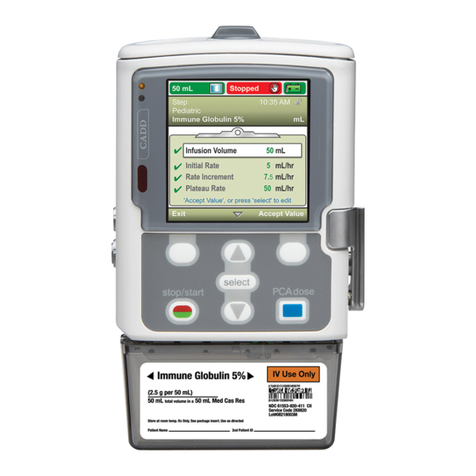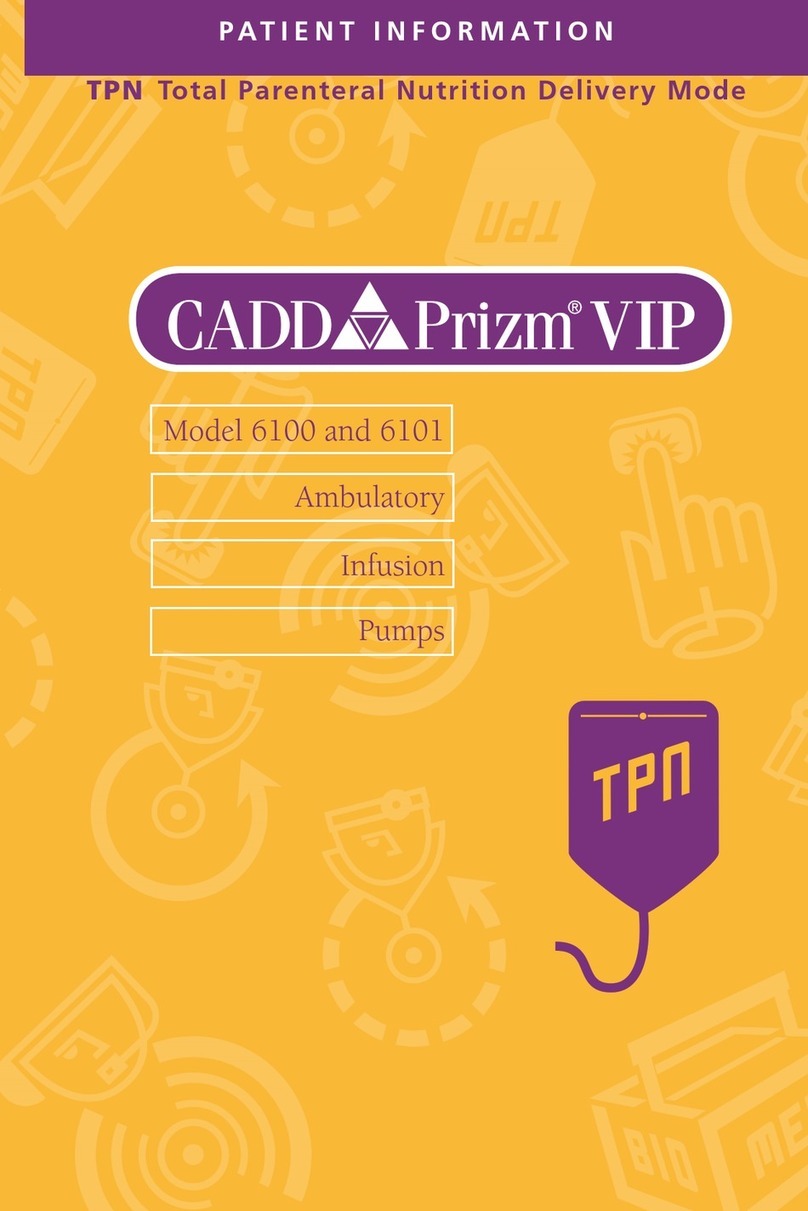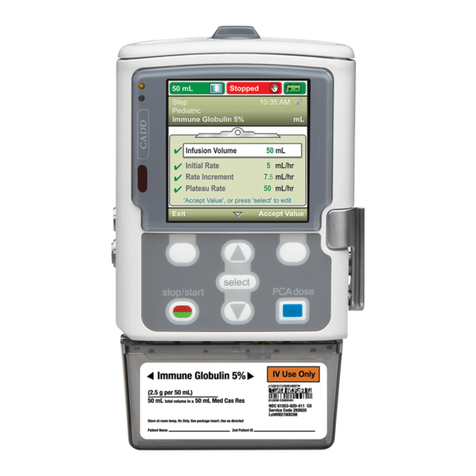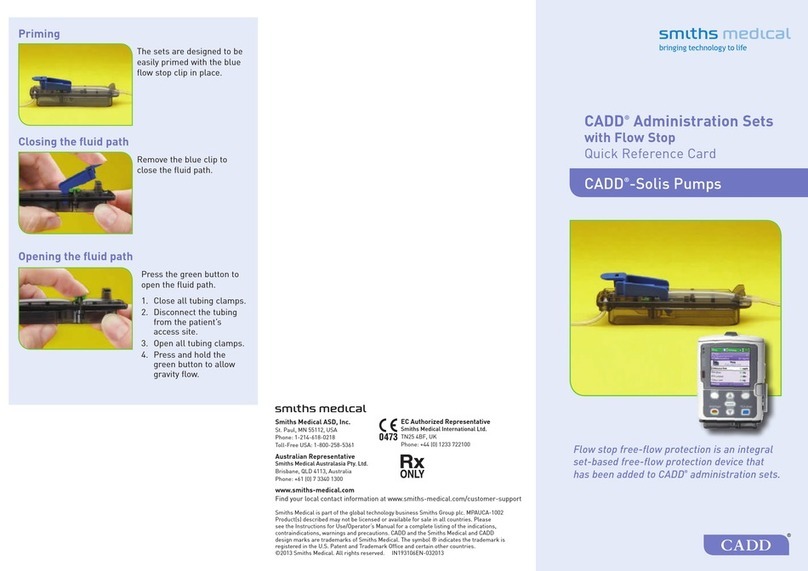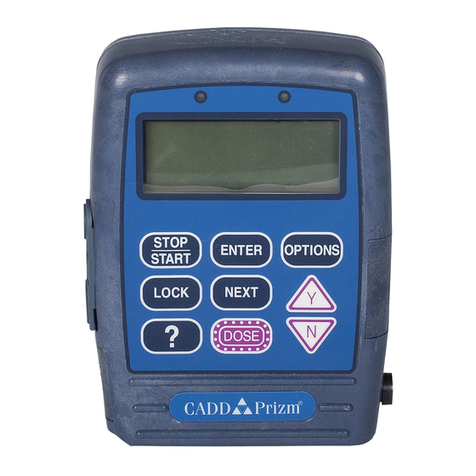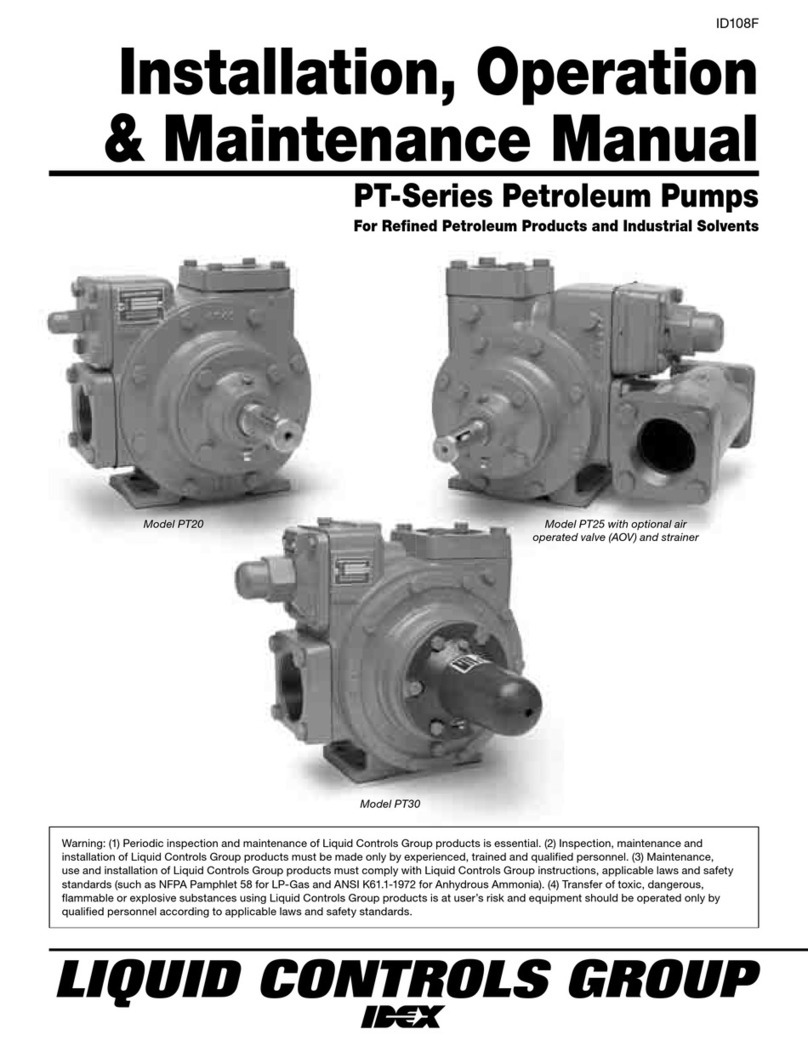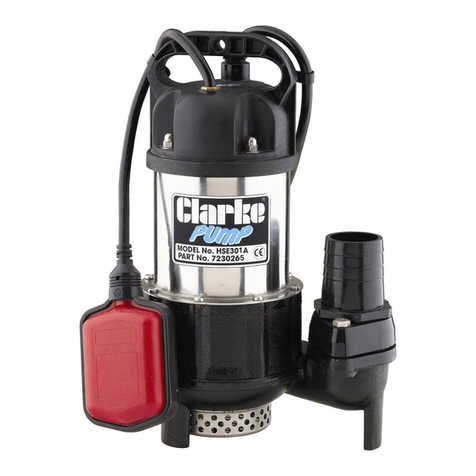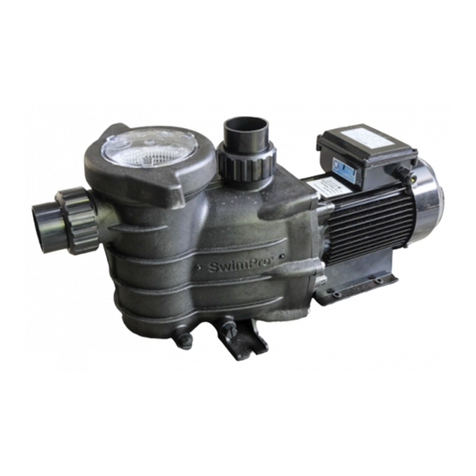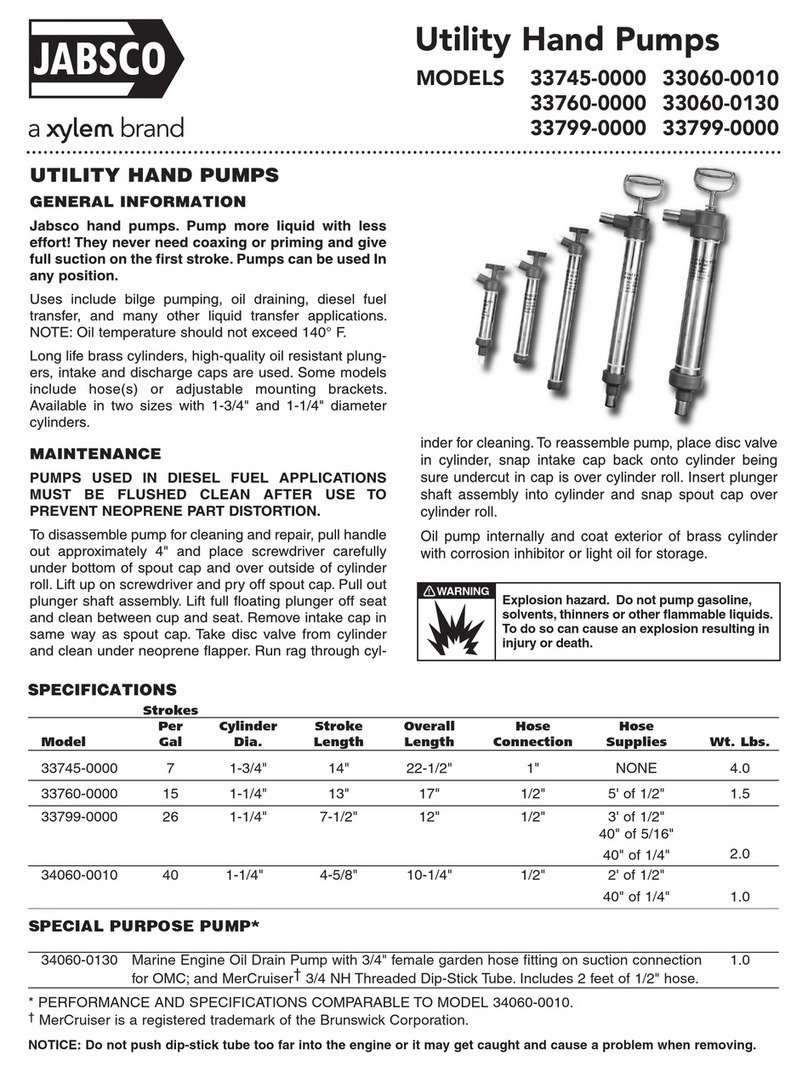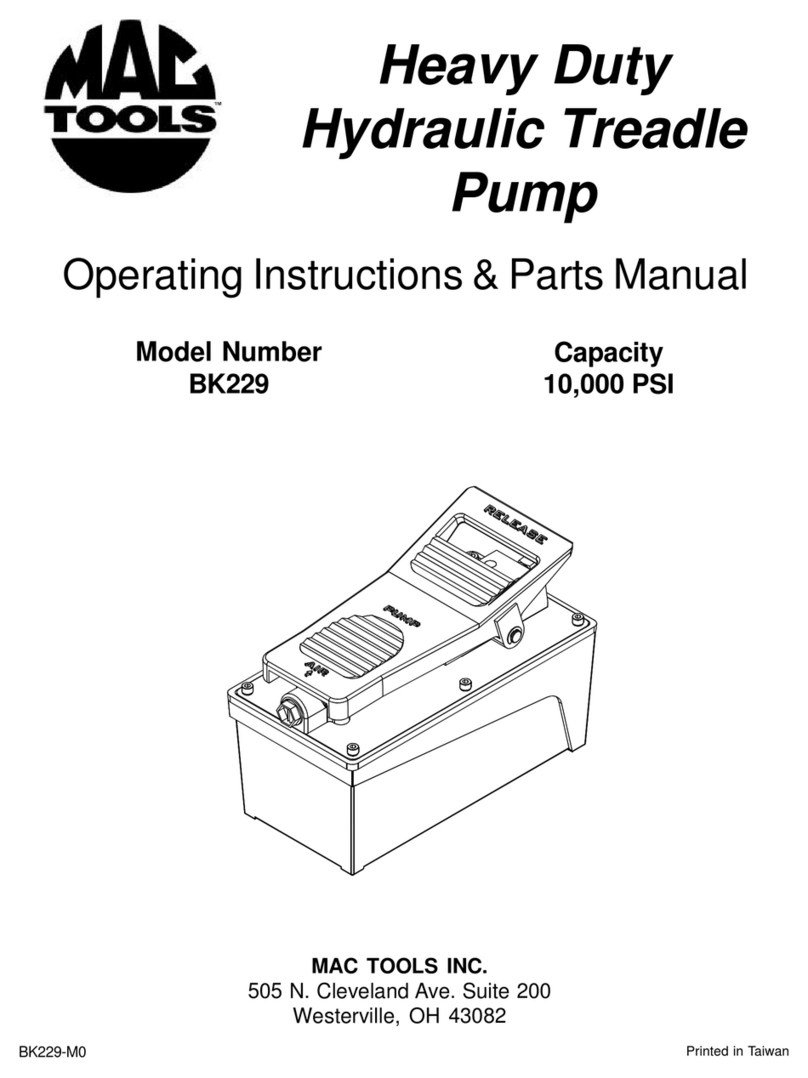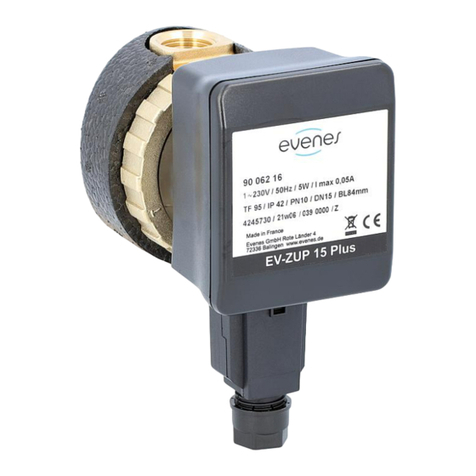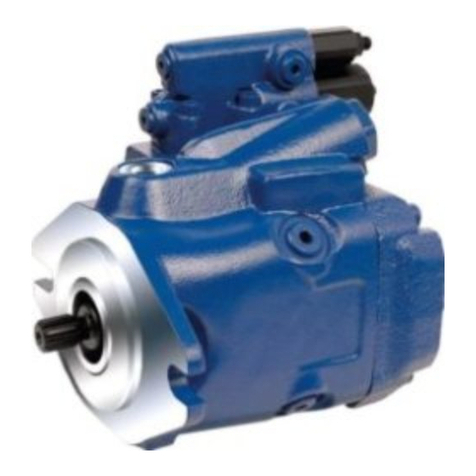
11
Flash PROM Technology
Program memory for the pump is stored in
Flash Programmable Read Only Memory
(Flash PROM). This type of memory allows
modification of the contents without physically
removing the device from the circuit board.
Under certain circumstances, the program
can also be downloaded through the I/O
port on the side of the pump. Several layers
of redundancy in the programming system
prevent accidental erasing or modification of
the PROM.
Gate Array Circuitry
The Gate Array contains circuitry which
controls memory address decoding,
keyboard debounce, Light Emitting Diode
(LED) indicator status, LCD command
buffering, Battery Backed RAM interface, and
miscellaneous signal line buffering functions.
Audible Alarm Circuitry
Audible alarm circuitry consists of a piezo
electric disk and independent oscillator. The
disk flexes or bends in resonance with the
output of the oscillator. The piezo disk is
mounted to the pump housing to enhance
sound level. The oscillator which drives the
piezo disk is capable of providing two driving
frequencies. The low frequency is in the range
of 700 to 1500 Hz and the high frequency
is in the range of 1600 to 2500 Hz. The
microprocessor controls the audible alarm via
control lines from the Gate Array. When the
microprocessor selects both the low and high
frequency control lines, the audible alarm
enters a warble mode where it oscillates
between the low and high frequency sound
at a rate of 0.8 and 2 Hz. Low battery voltage
detection and watchdog timer circuitry also
have the ability to enable the audible alarm
via the Gate Array.
Watchdog Timer Circuit
Watchdog timer circuitry is provided to
monitor the status of the microprocessor
and disable the motor and enable the audible
alarm if the microprocessor fails to function
properly. The microprocessor must strobe
the watchdog circuit at least once every
second in order to prevent the watchdog from
performing its reset function. The reset output
from the watchdog circuit is a pulse output.
This acts to “jump start” the microprocessor.
This unique feature allows the microprocessor
to test the watchdog circuit on every power‑
up. By setting a flag in memory and not
strobing the watchdog, the microprocessor
can force a watchdog time‑out. After being
reset, the microprocessor checks the status
flag to see if this was a time‑out test. If so,
the microprocessor continues normal power‑
up activities. If the reset occurred when the
microprocessor was not expecting it, the
microprocessor traps the event, sounds the
audible alarm and displays an error message
on the LCD.
Motor Driver/Motor Watchdog Circuit
Motor drive circuitry is composed of a
series of power FET transistors, passive
components, and two voltage comparators.
Built into the motor drive circuitry is an RC
timer which times how long the motor runs
each time it is turned on. If the motor runs
for more than an average of 4 seconds, the
circuit will time out and disable the motor. A
unique feature of this circuit is that control
lines to and from the microprocessor circuit
allow the microprocessor to perform a
complete functional test of the motor drive
circuit without running the motor. The
microprocessor performs this test function
every several minutes to assure its continued
functionality. An input from the watchdog
circuit prevents motor operation if the
watchdog timer expires.
Rotation of the motor is sensed by the
microprocessor via an infrared‑sensitive
photo detector. An infrared light source is
mounted so that its light beam illuminates the
infrared detector. An opaque flag is mounted
concentrically to the camshaft and rotates
with it between the infrared light source and
detector. When the flag interrupts the light
beam, the output of the detector is sensed
by the microprocessor via an input port bit.
Power to the infrared LED light source is
controlled by the motor driver circuit and is
off when the motor is not running to conserve
battery life.
In the microprocessor software, multiple
checks are made on motion of the camshaft.
When the motor is commanded to start,
the infrared sensor must show that half a
revolution has occurred within five seconds
and that the motor has stopped when half
a rotation was completed. In addition, no
camshaft rotation can take place when the
motor has not been commanded to run.




















